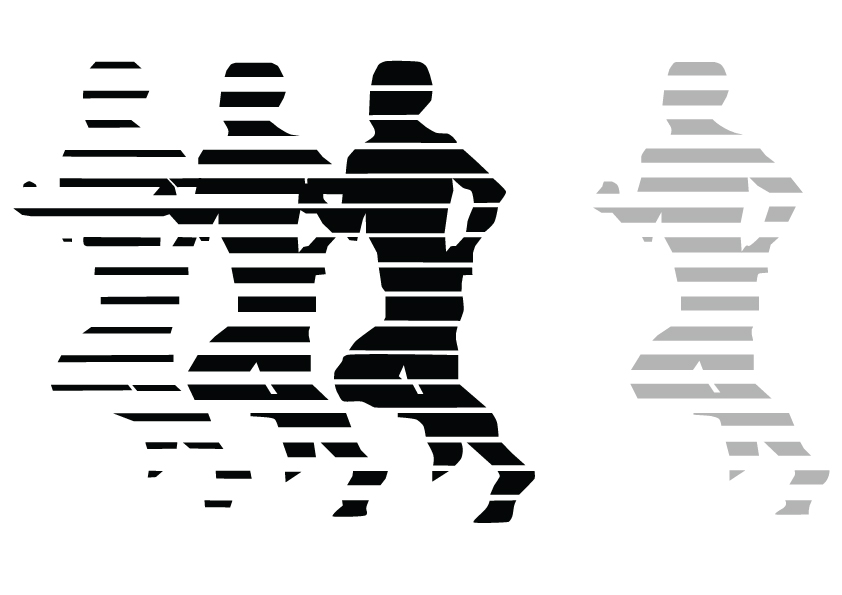Anatomy
The iliotibial band is a long connective tissue which begins up towards the hip (attaching to the gluteus muscles and another muscle called tensor fascia lata). It runs downwards, inserting onto a bony prominence on the outside of the knee (lateral epicondyle of femur). A bursa (a fluid filled sack) lies in between the bone and the ITB to reduce the amount of friction that can occur with activity.
Mechanism
Iliotibial Band Friction Syndrome (ITBFS) is an overuse condition that occurs over time. With repetitive bending (flexion) and straightening (extension) of the knee at small ranges, the ITB pulls on its attachment. This causes friction at its insertion on the bone and irritation of the bursa. Commonly, running (particularly downhill or on uneven surfaces) and cycling, both of which involve repeated knee flexion/extension can cause ITBFS. Weak hip abductors (including the gluteus muscles which help to move the leg outwards), or weak hip flexors (which move the knee towards the chest) have been linked to ITBFS. Other contributing factors include poor biomechanics, particularly foot pronation (where the foot rolls inwards), and a recent increase in training volume such as intensity and/or duration.
Symptoms
Pain is felt on the outside of the knee at the ITB attachment site and directly above on the outside of the thigh. This is often described as an ache which worsens during continued activity. Occasionally, a clicking noise can be heard due to the ITB flicking over its attachment with knee flexion and extension. Tightness along the ITB may also be felt.
Treatment/ Future implications
Treatment initially aims to reduce the inflammation within the bursa that has been irritated by friction of the ITB on its attachment. A period of resting from aggravating factors is needed to allow this inflammation to settle. Soft tissue massage throughout the ITB and muscles around the hip is often needed. Stretching of the ITB and strengthening of the hip muscles is usually indicated. Treatment can depend upon the cause of ITBFS; biomechanical abnormalities and training load should be addressed if these are contributing. With failure of conservative treatment or in severe cases, an injection within the bursa can help to settle the pain. Surgery may be needed to release the ITB and remove the bursa.
